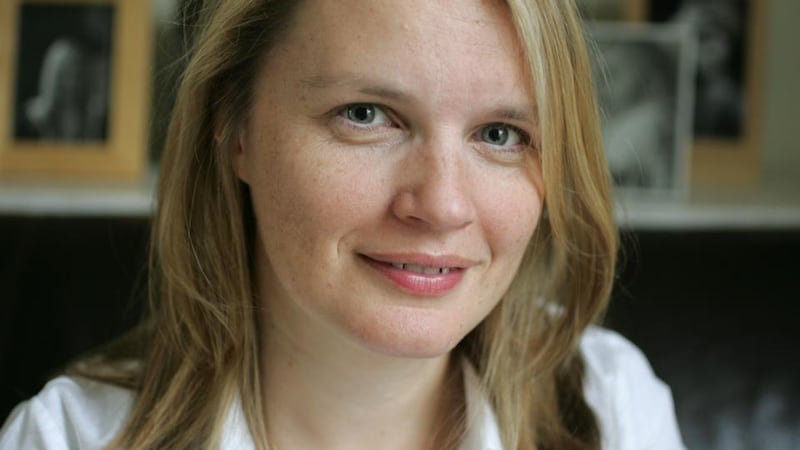Revenue chairwoman Josephine Feehily says she is comfortable with the concept of targets to increase female representation at senior levels but insists quotas cannot be countenanced under employment law.
The issue of the under-representation of women is clearly one that is close to the heart of Feehily, who drew up a gender equality policy for the Civil Service more than 10 years ago.
“I happen to think that in the public sector it is important that the senior management is not homogenous either by reference to gender or any other criteria, given our role in public policymaking,” she says.

"When I was developing the equality policy for the Civil Service a colleague of mine who would definitely regard himself as a feminist – he's a man – said that we need to be haunted by under-representation."
Targets and barriers
Her approach was to set targets and examine the barriers to achieving them. "Because if you can increase female participation, female ambition, you will get to your higher representation without offending the positive discrimination piece of the law," says Feehily.
The Revenue set a target that 30 per cent of posts at principal officer level should be filled by women, “and I think we’re at 28 or 29”.
Recent appointments have seen a “healthy balance”, according to Feehily.
One obvious barrier that was removed was the so-called “seniority” promotion system, whereby the existing male-dominated cohort would continue to move upwards.
When it comes to non-paid positions on boards, which she stresses should not be considered employment, Feehily says she is “in the quota camp”, because “things will just move too slowly” otherwise.
She describes as “particularly clever” the Government’s move to ensure State funding to political parties is halved unless 30 per cent of their candidates at the next general election are women.
Feehily says this is an “appropriate” use of quota. “I wouldn’t be comfortable at all with a quota of outcomes,” she adds.
“At the end of the day those of us that are employers always want to hire the most talented person. We just need to make sure that we have structures in place and processes that are very clearly saying we are completely open to the most talented person being a woman,” she says.
Sinéad McSweeney, Twitter's director of public policy for Europe, the Middle East and Africa, says the technology industry is based around engineering, which is traditionally male-dominated, but she has found it to be family friendly.
Increasingly prominent
She says women are becoming increasingly prominent in public life, citing the examples of Feehily and Dr Rhona Mahony, master of the National Maternity Hospital at Holles Street, Dublin.
“Women are standing on their own two feet and in their jobs because there are excellent advocates for their professions,” says McSweeney.
“I think I fundamentally don’t agree with quotas. However, I would think in this day and age a structure that totally lacked any female representation would seem very strange.”
Eircom chief commercial officer Carolan Lennon says she is aware of the “downside” of quotas for women in boardrooms but believes the end of achieving gender equality will justify the means.
Lennon, who will speak at a Women’s Executive Network event in Dublin on Thursday entitled “Ireland’s Most Powerful Women”, warns that the first group of women to benefit from a quota could have a “horrible” experience.
“There are probably better and more sophisticated ways of doing it but quotas are a quick way. I do think women bring different things to the table. Not necessarily better, but different,” she says.
Helena Morrissey, chief executive of global investment company Newton, says companies will never warm to quotas but has established a voluntary “30% Club” to bring levels of women on FTSE boards up to that number.
“A quota is mandatory legislation, which means companies don’t own the decision,” she says. “It might sound the hard way but I’m trying to win hearts and minds.”
Morrissey is a mother of nine whose husband is a Waterford man and a former financial journalist who now works in the home.
“I just wish more families and couples would discuss how to do it,” she says.











